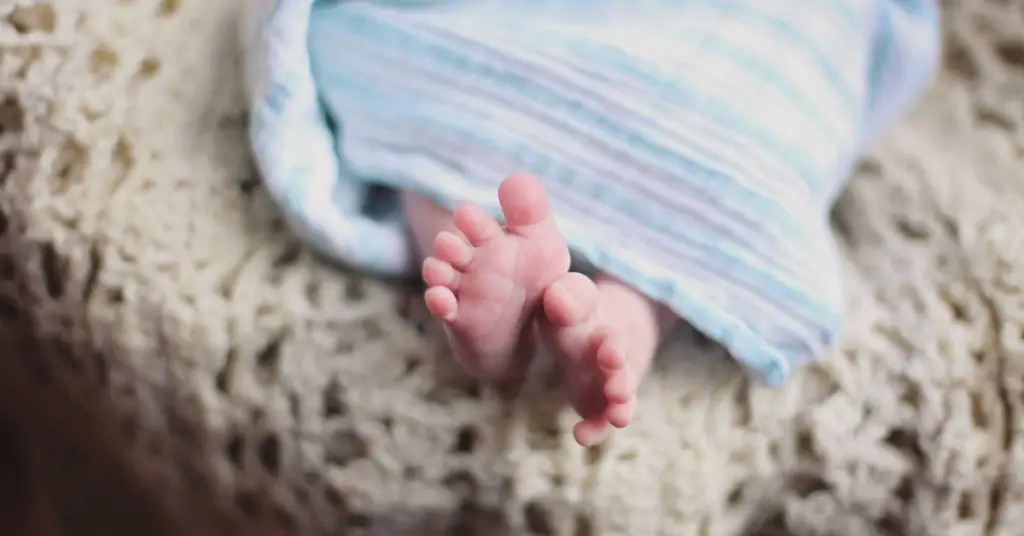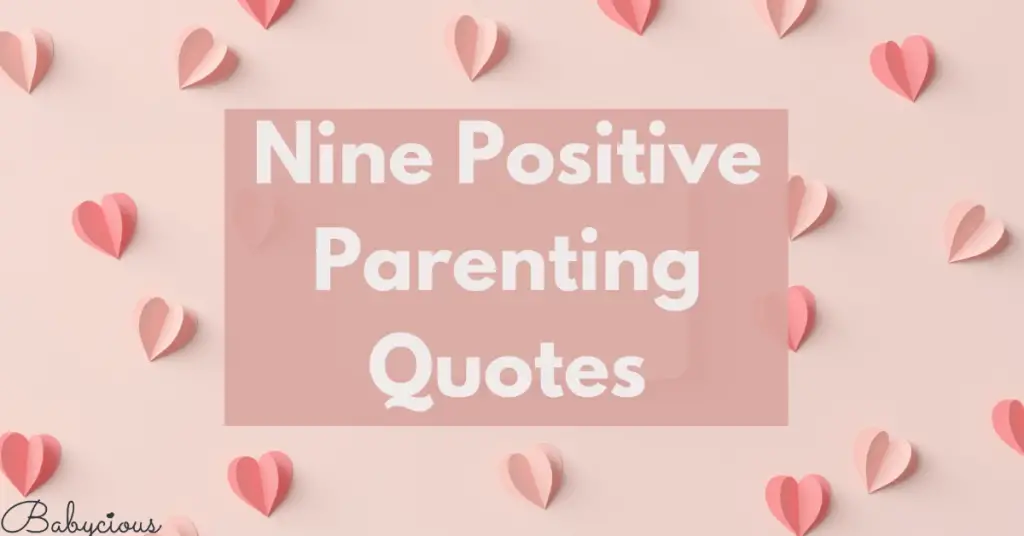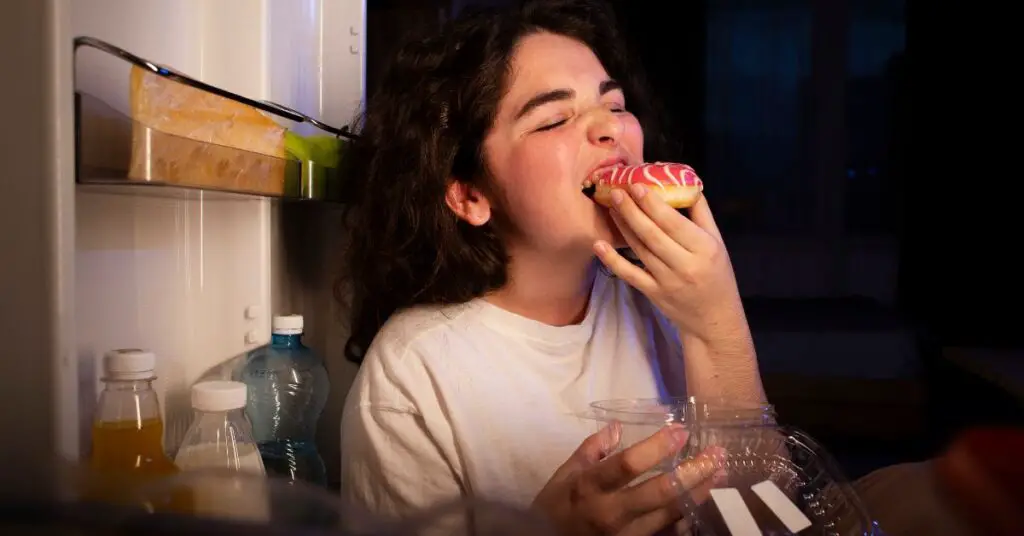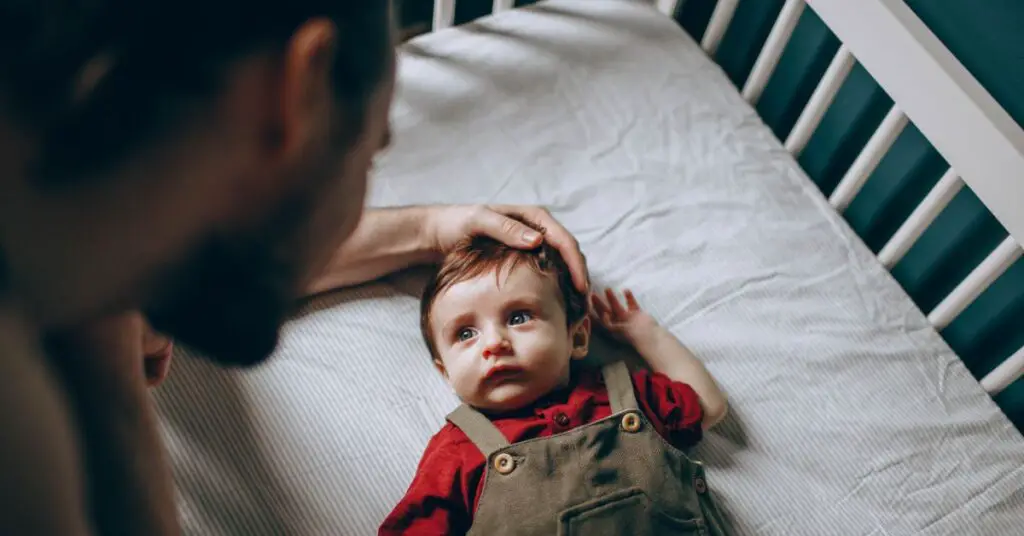Is it safe for babies to wear sleep sacks? What about weighted sleep sacks? Learn all about sleep sacks safety for the different stages of baby development.
The products mentioned on this page were independently selected by Babycious editors. As an Amazon Associate, Babycious may earn a commission from qualifying purchases.
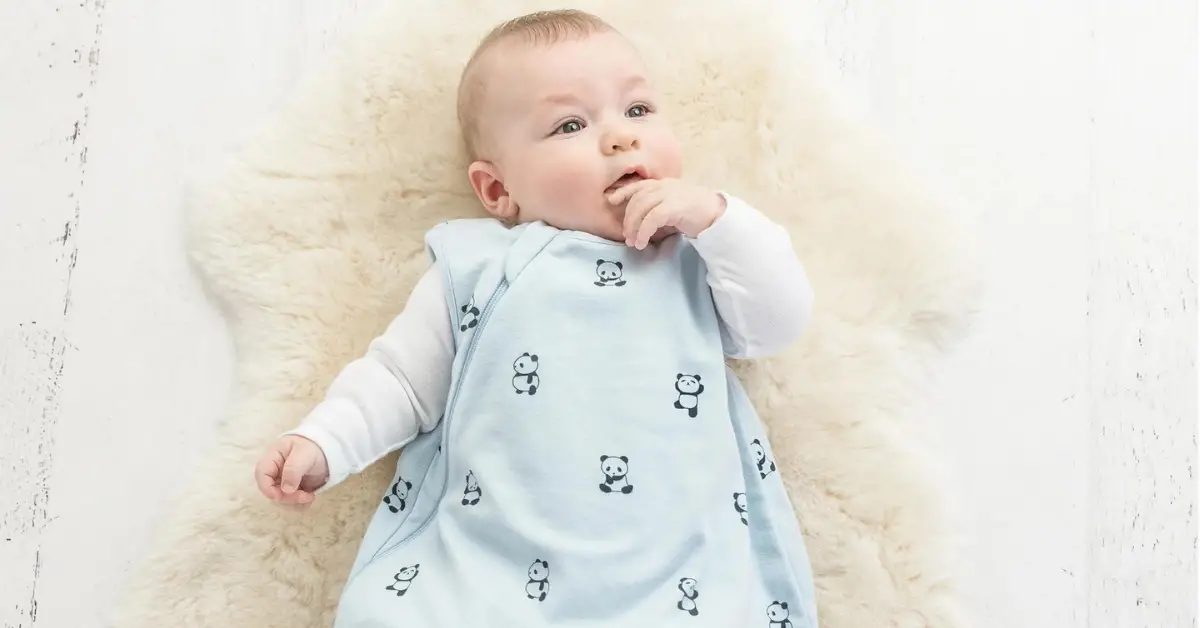
Sleep sacks are a popular item for babies, as they can help keep them warm and comfortable while they sleep.
It’s a known fact nowadays for most parents that covering their baby with a blanket is unsafe and can lead to SIDS, so many turn to sleep sacks as an alternative. But are sleep sacks safe for babies?
Baby sleep sacks are safe to use as long as there is no chest compression or weight on the chest and the baby’s arms are out when they start rolling over. Also, make sure that the neck hole of the sleep sack is small enough so it can’t slip up over your baby’s face.
When used correctly, baby sleep sacks are a safe and convenient way to keep your baby warm at night.
According to the AAP (American Academy of Pediatrics), a wearable blanket is preferable to blankets for keeping a baby warm at night while minimizing the risks of getting their head covered or getting their airways obstructed which can result in SIDS.
And that’s what a sleep sack is, a wearable blanket. And while (unfortunately) sleep sacks won’t do anything magic regarding your baby’s sleep like help with different sleep regressions, they will do a great job at keeping your baby warm and comfortable all night long.
Are Weighted Baby Sleep Sacks Safe?
Some sleep sacks come with a weight or are marketed as ‘weighted sleep sacks’. Some babies like them, and for some, it does absolutely nothing.
While there is no concrete evidence that weighted sleep sacks are harmful, you should check if the weight which is mounted on the sleep sack is evenly distributed and is light enough that it can’t restrict your baby’s movements.
Ultimately, it is up to the parents to decide what is best for their baby. Here are a few things to consider when deciding if a weighted baby sleep sack is right for your child:
- Weight distribution: Make sure that the weight is evenly distributed throughout the sleep sack. If it is not, it could cause your baby to become off-balance and could lead to potential injuries.
- Weight limit: Be sure to check the weight limit of the sleep sack before purchasing it. Some sacks are designed for babies up to a certain weight, and anything over that could be unsafe.
- Mobility: Make sure that the sleep sack allows your baby to move around freely. A weighted sleep sack should not restrict your child’s movements in any way.
If you are unsure if a weighted sleep sack is right for your child, consult with your pediatrician. They will be able to help you make the best decision for your baby.
Are Sleep Sacks Safe for Babies Who Can Roll Over?
Yes, sleep sacks are perfectly safe for rolling babies. Sleep sacks are safe for babies who can roll over because they will keep your little one warm but won’t trap them in any way.
Sleep sacks are usually sleeveless so the baby’s arms can move freely. This is very important for rolling babies because with a sleep sack if they roll they can push themselves up or maneuver to a safe position.
If you’re using a swaddle, on the other hand, your baby’s arms are constricted which can prevent them from being able to push themselves up if they roll onto their stomach. This increases the risk of SIDS.
So, sleep sacks are definitely the way to go for rolling babies!
A Word of Caution About Swaddle Sacks for Rolling Babies
Some sleep sacks come with “wings” that you wrap around your baby’s chest. Using this kind of sleep sack is similar to swaddling your baby which is not safe once your baby starts attempting to roll over (even if they haven’t rolled completely yet). Here is why.
Wrapping your sleep sack’s wings tightly around your baby’s chest subdues your baby’s arousal response which makes it harder for them to wake up. That’s why swaddling works so well for newborns, but it becomes dangerous once they start to roll because they can roll to their stomach and not wake up if they need to reposition. Unfortunately, swaddled babies who are able to roll are 19 times more likely to die in their sleep than unswaddled babies.
On the other hand, if you don’t wrap the wings tight enough around your baby’s chest, they can wiggle around and get themselves in a compromising position. That’s why if your baby is showing signs of being able to roll, the safest thing to do is to immediately transition them into a normal sleep sack (one that has no wings and no weighting) or just put them in pajamas.
The AAP advises parents to stop swaddling as soon as the baby shows signs of trying to roll over.
It’s important to note that some babies start attempting to roll at around 2 months of age. The AAP advises parents to stop swaddling (in all its forms) as soon as the baby shows signs of trying to roll over. So you should watch for those signs and be ready to transition your baby to a regular sleep sack as soon as they start rolling.
Related: Swaddling Baby : A Step By Step Guide
Are Sleep Sacks Safe for Babies Who Can Walk?
If your baby loves their sleep sack and you’re wondering if a sleep sack will restrict their movements as they get older and start to walk, don’t worry, it won’t!
Sleep sacks are actually great for mobile babies who are starting to walk because they’ll keep your little one warm without restricting their movements.
An added bonus to using a sleep sack for little walkers is that it helps prevent their feet from getting stuck through the crib slats, and can also prevent them from climbing out of the crib when they are mobile enough.
A little pro tip is to get the next size up, especially if you are planning on keeping your baby in the crib for a while.
Babies who can walk usually don’t mind larger sleep sacks. They can toddle around in them just fine if they want to without having total freedom to move, which is okay because otherwise your baby would just pace and play around instead of lying down in their crib to sleep.
That being said, if you have a very active baby who likes to move around a lot at night, you might want to look for a sleep sack with foot holes like this Woolino sleep sack.
These sleep sacks from Woolino are a bit pricey but they are made from merino wool which is temperature regulating and will last you for a while. The Woolino sleep sack with foot holes will work great if your baby gets frustrated trying to stand in regular sleep sacks.
Alternatively, you can unzip the bottom part of your regular sleep sack to free your baby’s feet and you can always zip them back on chilly nights.
How Long Can Babies Use Sleep Sacks?
Most babies can use sleep sacks until they are around 18 months old, but it really depends on your baby’s size and sleep habits. If your baby is a sound sleeper and isn’t trying to climb out of their crib, you can probably keep using a sleep sack until they transition to a toddler bed.
Some babies love their sleep sacks so much that they want to use them even after they’ve outgrown them! If this is the case with your baby, you can absolutely keep using a sleep sack for as long as your baby is willing to wear it.
Sleep sacks generally go up to 36 months, and some will even come in 2 to 4 years size like this woolino sleep sack which is large enough for most toddlers.
Do Sleep Sacks Help Babies Sleep Through the Night?
There is no definitive answer to this question since every baby is different and will sleep differently. However, many parents find that sleep sacks help their babies sleep better and for longer periods of time.
If your baby is having trouble sleeping through the night, a sleep sack can help by providing a sense of security and comfort. Sleep sacks can also help prevent your baby from waking up due to being cold or overheated.
Bottom Line
So if you’re wondering whether baby sleep sacks are safe, the answer is yes! Just be sure to use them correctly and always follow the manufacturer’s instructions. And as with anything else related to your baby, if you have any concerns or questions, be sure to talk to your pediatrician.
Do you use sleep sacks for your baby? Let us know in the comments below!
The purpose of this article is informative and educational only. It’s not a substitute for medical consultation or medical care. We do not accept any responsibility for any liability, loss, or risk, personal or otherwise, incurred as a consequence, directly or indirectly, from any information or advice contained here. Babycious may earn compensation from affiliate links in this content.
